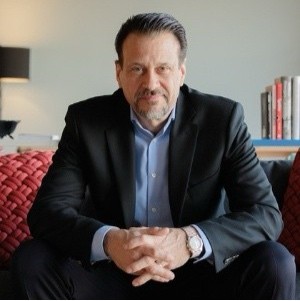
While utilities race to modernize grids and integrate renewables, a new and less visible threat is emerging—one that could undermine the very foundation of trust in our digital infrastructure: quantum computing.
Quantum computers promise breakthroughs in science and technology, but they also pose a profound cybersecurity risk. These machines will eventually render today’s widely used encryption methods—such as RSA and elliptic curve cryptography—obsolete. For utilities, this is not a distant concern; it’s a looming challenge that demands immediate action.
Why Quantum Computing Threatens Grid Security
Current grid security relies heavily on asymmetric and symmetric cryptography to protect everything from smart meters to control systems. These algorithms are designed to withstand attacks from classical computers, but quantum computers operate on entirely different principles. Using algorithms like Shor’s, a sufficiently powerful quantum computer could break RSA or ECC encryption in minutes.
The implications for utilities are severe:
- Meter Key Compromise: If encryption keys on smart meters are cracked, attackers could manipulate billing data or even disrupt control systems.
- Harvest Now, Decrypt Later Attacks: Nation-state actors and cybercriminals are already intercepting and storing encrypted data today, betting on the ability to decrypt it once quantum capabilities mature.
- Critical Infrastructure Targeting: Cyberattacks on critical infrastructure surged 30% in 2024, with the U.S. power grid among the most vulnerable. Globally, utilities now face an average of 13 cyberattacks per second, and ransomware attacks in the energy sector jumped 80% year-over-year.
The Timeline Is Closer Than You Think
Experts predict that cryptographically relevant quantum computers (CRQCs) could emerge as early as the next decade, with some estimates pointing to 2030. [3] That may sound far off, but transitioning an entire utility ecosystem to quantum-safe cryptography is a multi-year effort. Waiting until “Q-Day” is not an option.
Recognizing this urgency, the National Institute of Standards and Technology (NIST) finalized its first set of post-quantum cryptography (PQC) standards in August 2024, including:
- FIPS 203: ML-KEM (CRYSTALS-Kyber) for encryption
- FIPS 204: ML-DSA (CRYSTALS-Dilithium) for digital signatures
- FIPS 205: SLH-DSA (SPHINCS+) as a backup signature scheme
NIST urges organizations to begin migration now, well ahead of its 2035 compliance target. While these standards provide a strong foundation, Landis+Gyr will evaluate hardware capabilities and may adopt additional algorithms as needed to ensure optimal performance and security across our solutions.
Moving Forward: What Utilities Must Do Now
The energy sector cannot afford complacency. Quantum computing is not science fiction—it’s a strategic reality. Utilities that act now will not only safeguard their operations but also position themselves as leaders in resilience and trust. Here’s how to start:
- Assess and Inventory: Identify where vulnerable algorithms are used across meters, SCADA systems, and communication networks.
- Plan and Prioritize: Develop a migration roadmap, starting with high-risk systems and hybrid deployments that combine classical and quantum-safe algorithms.
- Adopt Hardware-Based Security: Software updates alone won’t solve the quantum challenge. Hardware-based solutions, like SEALSQ’s Quantum Shield QS7001, embed NIST-standardized PQC algorithms directly into secure chips for enhanced efficiency and tamper resistance.
- Collaborate and Lead: Engage with technology partners and standards bodies to ensure interoperability and compliance.
Cyberattacks on critical infrastructure are rising, quantum computing is accelerating, and NIST’s PQC standards are ready. The time to act is now.
About Landis+Gyr and SEALSQ
Landis+Gyr and SEALSQ have extended their collaboration to deliver enhanced Public Key Infrastructure (PKI) services for securing AMI networks and smart meters. This partnership strengthens utilities’ ability to protect critical infrastructure against evolving cyber threats, including those posed by quantum computing. Together, we are enabling a secure, future-ready energy ecosystem.
Learn more about our partnership here.



.png)



.png)

.png)

.png)
